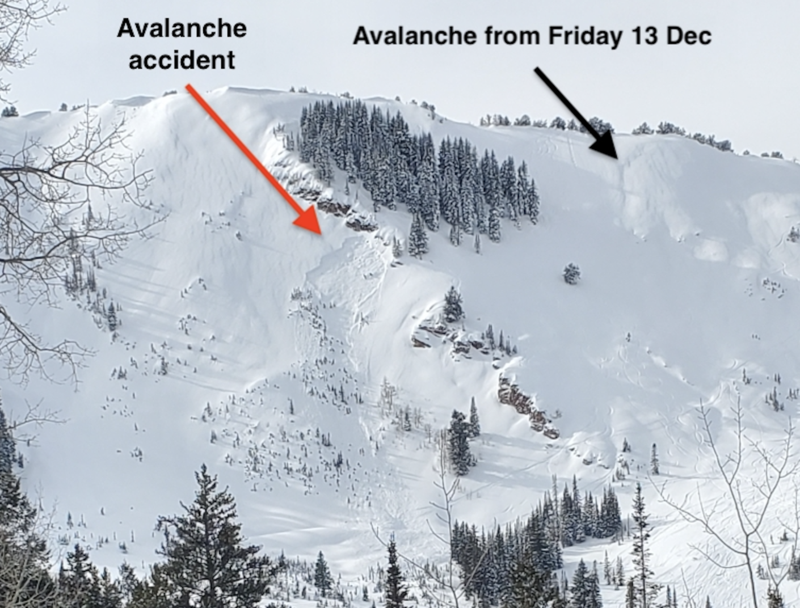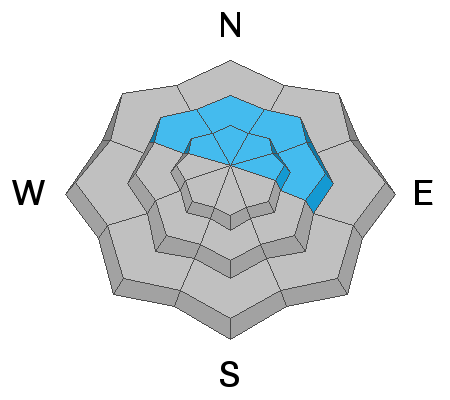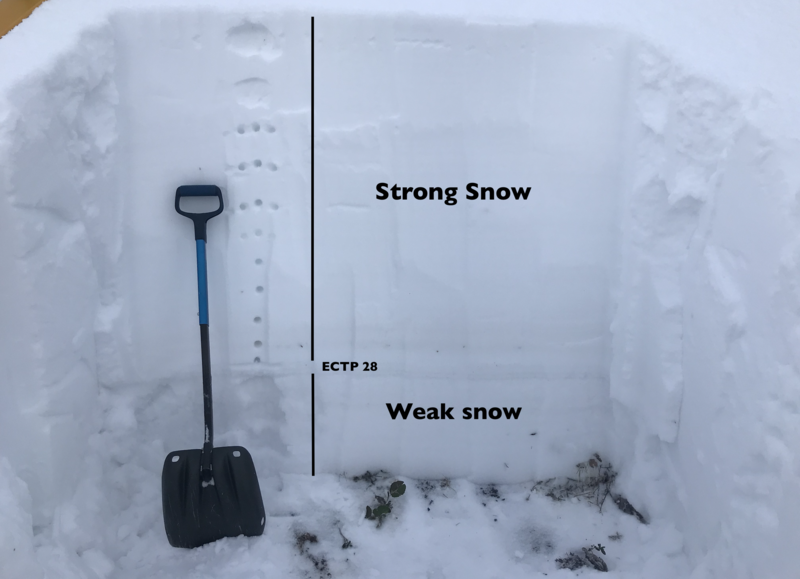Forecast for the Salt Lake Area Mountains

Issued by Trent Meisenheimer on
Monday morning, December 16, 2019
Monday morning, December 16, 2019
CONSIDERABLE DANGER exists on mid and upper elevation slopes that face northwest through east for triggering a deep and dangerous avalanche on a Persistent Weak Layer of snow found at the base of the snowpack.
MODERATE danger exists on all mid and upper elevation steep terrain for triggering new snow avalanches as well as wind drifted snow avalanches.
LOW avalanche danger is found on all slopes under 8,000' in elevation.
MODERATE danger exists on all mid and upper elevation steep terrain for triggering new snow avalanches as well as wind drifted snow avalanches.
LOW avalanche danger is found on all slopes under 8,000' in elevation.

Low
Moderate
Considerable
High
Extreme
Learn how to read the forecast here










